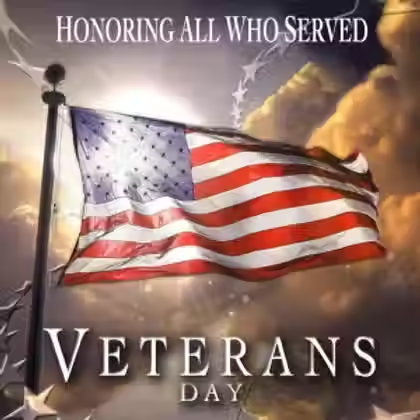Why “Engineering With Nature” Is Increasingly Important to Army Corps of Engineers Policies
- Dec 15, 2021
- 3 min read

Our colleague Rob Vining spent 32 years in the U.S. Army Corps of Engineers and served as Chief of Civil Works Program Management Division. He has extensive experience in Corps of Engineers policy and procedures relating to Federal permit approvals. Rob joined us in 2012.
This week, Engineering News-Record reached out to Rob for a story on the Corps of Engineers “Engineering With Nature” (EWN) Initiative and the expansion of “proving grounds” to demonstrate the efficacy of EWN techniques. What follows are a few of Rob’s comments:
“We absolutely want to do more engineering with nature everywhere we work across the Corps, you have my commitment.” — LTG Scott A. Spellmon, 55th Chief of Engineers, and Commanding General U.S. Army Corps of Engineers, House Committee on Transportation & Infrastructure, Water Resources & Environment Subcommittee (24 June 2021)
Engineering With Nature isn’t a new idea. While the Corps of Engineers has been integrating natural approaches to Civil Works Projects for a long time, the Engineering with Nature” initiative has been underway since 2013.
The Corps is being aggressive in defining what needs to be undertaken to institutionalize Engineering with Nature including implementing policies and procedures. The culture of the Corps is predominately on board with the Engineering with Nature such that there is little need to “sell” the Engineering with Nature initiative within the Corps.
There have been several high-profile flood control projects that have involved EWN even if they’re not specifically called that – for example, Poplar Island, MD and in the Hurricane Storm Damage Risk Reduction System for greater New Orleans.
EWN is not being debated inside the Corps, although officials are still trying to quantify some details of proposed projects based on EWN, especially involving amortized benefits and costs. That said, there is no push-back within the Corps. You just need to listen to the Corps’ Chief of Engineers to appreciate that.
Certainly, one of the key elements, especially with new, proposed projects, is associated with the formulation of proposed projects. The plan formulation for Civil Works projects requires that at least 50% or more of feasibility studies must be provided by non-Federal partners. For the success of these proposed Civil Works projects, the non-Federal sponsor must also adopt EWN initiatives being addressed by the Corps. The point is that for ENW opportunities to be successful, the Corps must ensure non-Federal sponsors understand and are willing to help finance the planning and ultimately construction of these projects.
Another key initiative being pursued by the Corps is working with other Federal agencies such as the National Park Services, US Forest Service, and the US Fish & Wildlife Service to identify, plan, design and construct projects within the area of responsibility of these other Federal agencies. The Corps can bring its planning, engineering and implementation expertise to these agencies to implement flood protection, ecosystem restoration, and other types of projects employing EWN. Of course, this collaborative approach to Civil Works Projects is a foundational principle within the Corps.
As an illustration, when I was Chief of Planning for South Pacific Division, the Corps was able to work with the National Park Service to plan and design small flood protection projects for the Merced River in Yosemite National Park by using fallen trees and other natural products to increase flood protection in Yosemite Valley. This project was funded and ultimately constructed by the National Park Service, but the Corps was able to provide technical assistance in the planning and design of these projects.
For more information about the EWN program, please visit https://ewn.erdc.dren.mil/
The views expressed here are those of the author and do not necessarily reflect the views of Dawson & Associates.




Comments